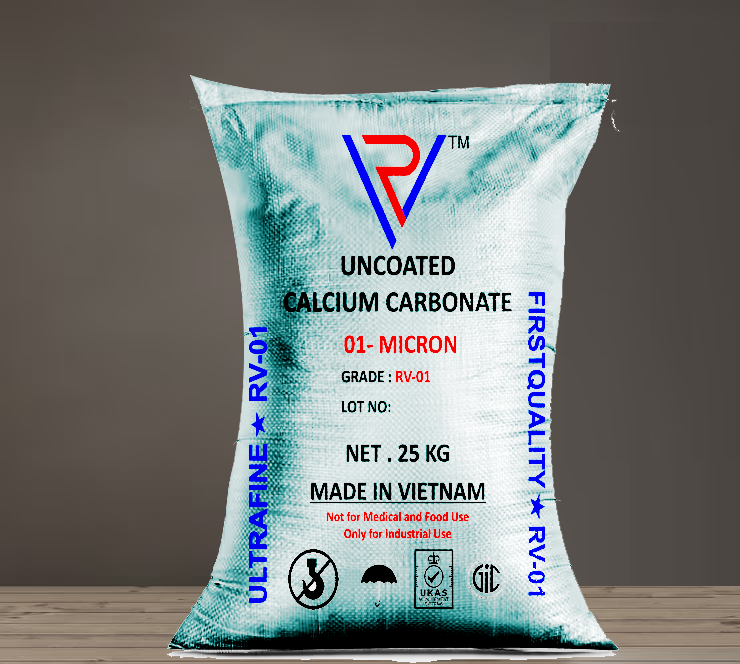
Calcium Carbonate
Cost-effective filler that improves rigidity and surface finish.
Specifications of Calcium Carbonate
- Purity: High purity grades of calcium carbonate typically range from 95% to 99% pure. Impurities can affect performance in specific applications.
- Particle Size Distribution: The particle size can vary significantly based on the manufacturing process. Common ranges include: o Coarse grades (greater than 45 microns) o Medium grades (between 10 to 45 microns) o Fine grades (less than 10 microns)
- Brightness: Brightness levels are crucial for applications in paints and coatings, with values often exceeding 90%.
- pH Level: Calcium carbonate is alkaline, with a typical pH level around 9 to 10 when dissolved in water.
- Moisture Content: Specifications may require moisture content to be below a certain percentage, often less than 0.5%.
Calcium carbonate (CaCO3) is a widely used inorganic compound with various specifications depending on its intended application. The specifications can include:
Applications of Calcium Carbonate
- Plastics Industry: Used as a filler to enhance the mechanical properties and reduce production costs of plastic products.
- Paints and Coatings: Acts as a pigment and filler, improving opacity and durability while reducing costs.
- Paper Industry: Utilized as a filler and coating pigment to improve brightness and printability.
- Food Industry: Serves as an antacid and calcium supplement; it is generally recognized as safe (GRAS) by the FDA when used appropriately.
- Construction Industry: Employed in cement production, as well as for making lime for construction materials.
- Agriculture: Used to neutralize acidic soils and provide calcium nutrients to crops.
Calcium carbonate has a wide range of applications across various industries:
Safety Data Sheets (SDS)
- Identification: Product name, manufacturer details, emergency contact information.
- Hazard Identification: Generally classified as non-hazardous; however, inhalation of dust may cause respiratory irritation.
- Composition/Information on Ingredients: Details about the chemical identity including CAS number (471-34-1).
- First-Aid Measures: o Inhalation: Move affected person to fresh air; seek medical attention if symptoms persist. o Skin Contact: Wash with soap and water; seek medical attention if irritation occurs. o Eye Contact: Rinse cautiously with water for several minutes; remove contact lenses if present and easy to do so; seek medical advice if irritation persists.
- Fire-Fighting Measures: Non-flammable; use appropriate extinguishing media suitable for surrounding materials.
- Accidental Release Measures: o Avoid dust formation; use appropriate personal protective equipment (PPE). o Collect spillage using vacuum or wet methods.
Safety Data Sheets are essential documents that provide information on the properties of chemical substances. For calcium carbonate, key sections typically include:
In summary, RV Prime Plast’s dealings with calcium carbonate involve understanding its specifications which dictate its quality for various applications ranging from plastics to food safety. Furthermore, adherence to safety protocols outlined in SDS ensures safe handling practices.
Request A Call Back
For more information regarding our products and services, fill up the form our concern person will get back to you.



